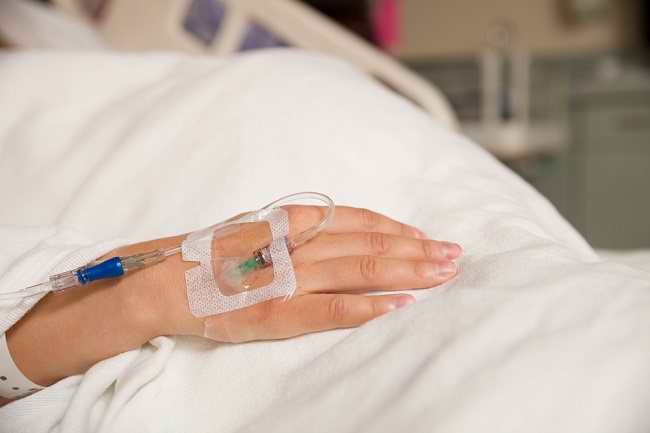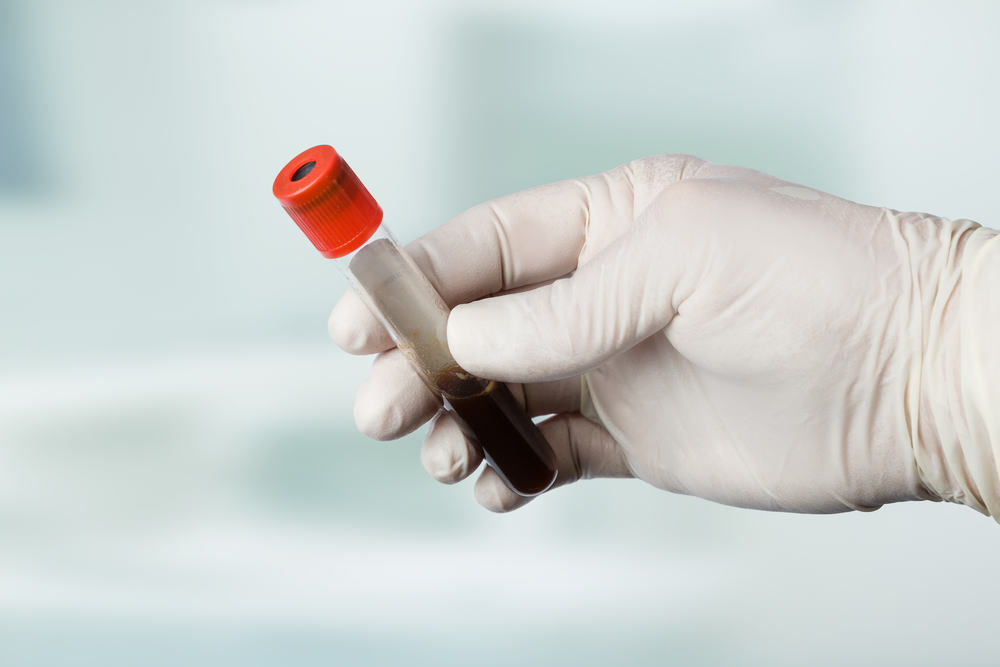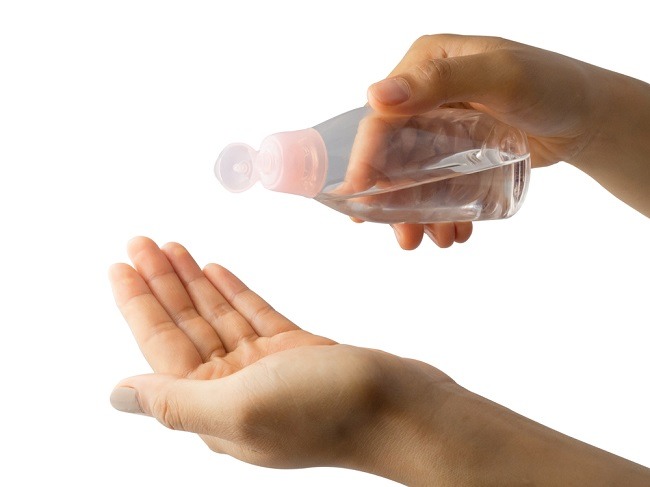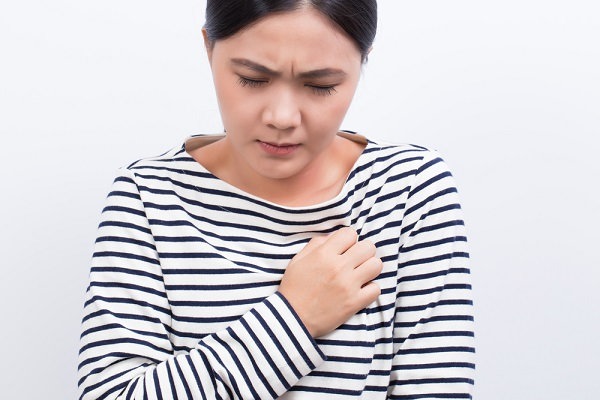A cyst is a disorder in the form of a bag filled with fluid, blood, or body tissue that can form in various parts of the body. Most cysts are harmless, but they still need to be checked by a doctor so they don't cause dangerous complications.
Cysts usually do not cause serious health problems. However, if the treatment is not done properly, cyst disease can become dangerous and interfere with the organ where the cyst grows.

The appearance of cysts can be caused by many factors, ranging from infection, genetic disorders, congenital or congenital diseases, inflammation, tumors, injuries, to blockages in the gland ducts, such as oil glands or tear glands. Sometimes cysts can also appear for no apparent reason.
Types of Cysts and their Dangers
Most cysts are benign and harmless. However, cysts can be dangerous if they become infected, grow in size, press on nerves and blood vessels, or grow in certain organs.
The following are some of the common types of cysts and their dangers:
1. Ganglion cyst
Ganglion cysts are cysts that form around a joint or tendon. Ganglion cysts most commonly appear on the wrists, but sometimes they can also appear on the feet and ankles.
Small ganglion cysts usually do not cause symptoms or bothersome complaints. However, if the size is large to more than 2.5 cm, a ganglion cyst needs to be treated by a doctor immediately because it can press on the surrounding nerves and cause pain and difficulty moving.
2. Kidney cyst
Cysts can form in one or both kidneys and on the inside or outside of the kidney. Although generally benign, kidney cysts still have the potential to cause serious problems if they are large or if they have been left untreated for too long.
Some of the dangers to watch out for if the kidney cyst is large or not treated are bleeding due to rupture of the kidney, swelling of the kidney, and infection of the cyst. Untreated kidney cysts can also be painful.
3. Ovarian cyst
Ovarian cysts are usually functional or occur naturally when women are fertile. This type of cyst is benign and can go away on its own without special treatment.
However, ovarian cysts need to be treated by a doctor if they are large, infected, or appear after menopause. The reason is, if an infected cyst bursts, the condition can cause severe infection or sepsis. While cysts that appear after menopause can increase the risk of ovarian cancer.
4. Bartholin's cyst
These cysts form in the Bartholin's glands, which are glands on either side of the vulva or vaginal lips and function to secrete the vaginal lubricating fluid. Bartholin's cysts are usually asymptomatic if they are small and uninfected.
However, if the size is large enough, Bartholin's cyst can cause discomfort every time you perform certain activities, such as walking, sitting, or having sex.
Bartholin's cysts can also be dangerous if they become inflamed and infected by bacteria. An infected cyst can cause symptoms in the form of fever along with swelling and pain in the vagina. When an infected Bartholin's cyst ruptures, the germs can spread to other organs, even into the bloodstream.
5. Baker's Cyst
Baker's cyst is a cyst that appears in the back of the knee. This condition often makes the back of the knee swollen and painful to move. One of the dangers of this type of cyst is that the swelling and pain will get worse when the cyst ruptures.
In addition, Baker's cyst can also cause blockages in the blood vessels in the area of the back knee and cause swelling in the legs where blood flow is blocked. This condition is also known as compartment syndrome.
6. Chalazion
A chalazion is a lump on the eyelid that is formed due to blockage of the oil glands in the eye. This blockage can lead to the appearance of cysts on the eyelids.
Unlike a stye, this type of cyst is usually painless and has a rubbery texture. However, sometimes the chalazion can enlarge and cause pain in the eyelid. If it is so, chalazion can make vision impaired. Untreated chalazion can also cause eyelash loss.
7. Breast cyst
Breast cysts can appear in one or both breasts. Breast cysts are generally benign and not caused by cancer, but can sometimes be painful when pressed.
These cysts usually do not require special treatment. However, if left unchecked, the size can enlarge and make the breasts feel uncomfortable. Sometimes breast cysts are also difficult to distinguish from other breast lumps, such as breast tumors.
Therefore, every woman who experiences a lump in the breast is advised to consult a doctor.
8. Pilonidal cyst
In contrast to other types of cysts that contain fluid or blood, pilonidal cysts usually contain hair and skin debris. Pilonidal cysts most often appear in the lower back, near the tailbone.
Pilonidal cysts can be dangerous and need immediate medical attention if they become infected. In addition to causing excruciating pain, infected pilonidal cysts can also increase the risk of developing a skin cancer called squamous cell carcinoma.
To determine the type of cyst and whether the cyst is dangerous, it is necessary to be examined by a doctor.
To determine the diagnosis, the doctor will perform a physical examination and support, such as a complete blood count, ultrasound, CT scan, or MRI to see the size of the cyst. If needed, the doctor can also perform a biopsy to make sure that the cyst is not dangerous.
Do All Cysts Need Surgery?
The answer is no. As long as they are small and do not cause symptoms or complaints, cysts usually do not need surgery or treatment. However, the doctor will still advise the patient to undergo periodic examinations to monitor the condition of the cyst.
Surgical removal of the cyst usually only needs to be done if the cyst has caused severe complaints or interferes with the function of the body's organs. The doctor will determine whether or not surgery is necessary by considering the type, size, and location of the growth of the cyst, as well as whether the cyst is infected or not.
Therefore, you are advised to consult a doctor if you find a lump on your body that may be a cyst, especially if the lump causes pain or other complaints. That way, treatment can be given immediately if necessary and the danger of cyst disease can be avoided.









